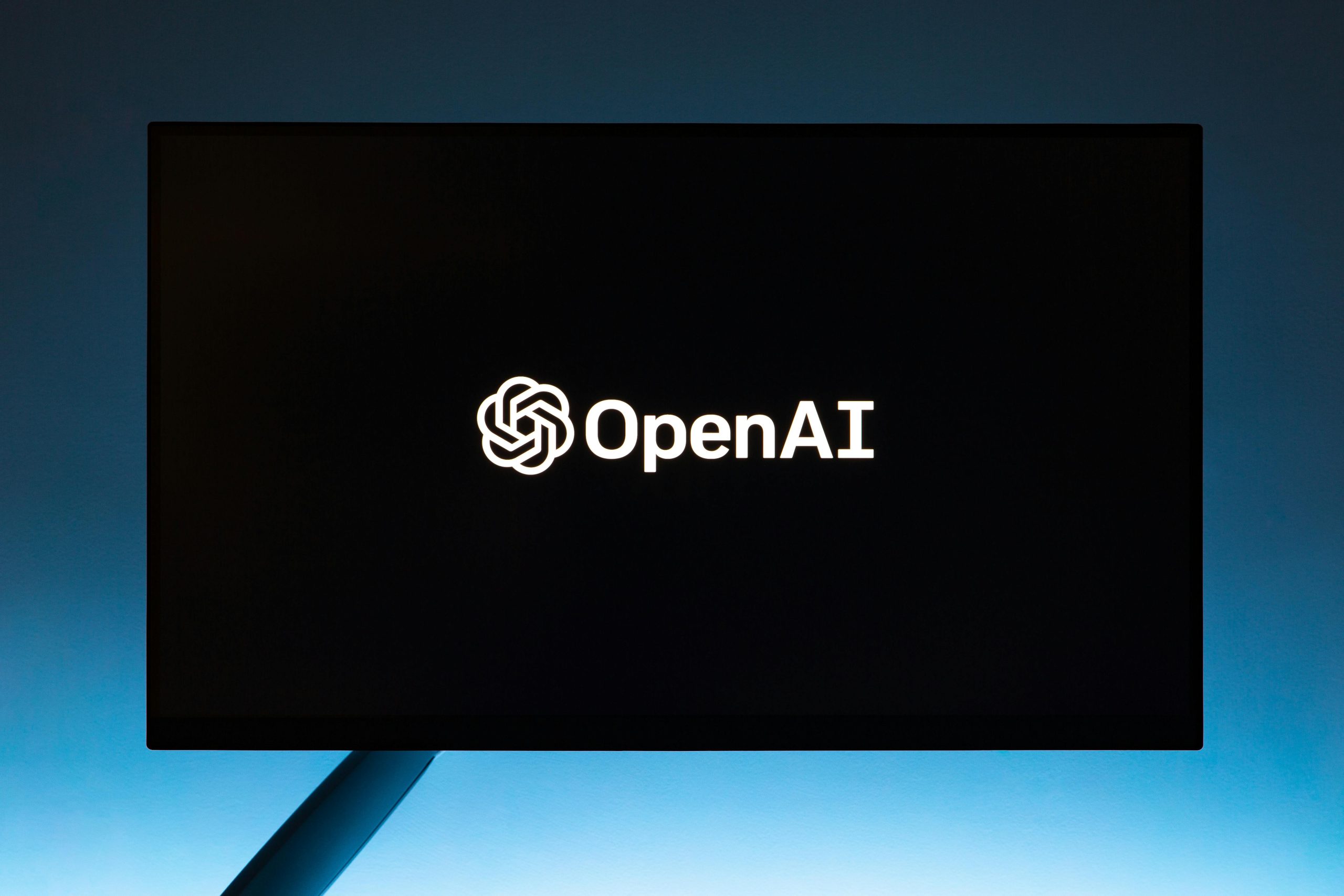The Growing Challenge of Uninstallation: Why Some Software Complicates Removal Processes
In today’s digital landscape, software installation has become a routine part of our daily routines. However, an increasingly common and troubling trend is the necessity to install additional tools solely to facilitate the complete removal of certain applications. This phenomenon raises important questions about software design, user experience, and trustworthiness across various platforms.
The Issue: Overcomplicated Uninstallation Procedures
Many users have encountered scenarios where uninstalling a program isn’t straightforward. Instead of a simple process—like dragging an app to the trash or using built-in uninstaller functions—users are often prompted to utilize specialized third-party tools or even resort to terminal commands. An example of this is the recent experience with WPS Office, where standard uninstallation options proved insufficient, forcing users into command-line operations to thoroughly remove the software.
Underlying Causes: Software Design and Marketing Tactics
Such complications can stem from multiple causes:
-
Persistent Components: Some software intentionally leaves behind residual files or registry entries to ensure ongoing functionality or data collection.
-
Adware and Bloatware: Certain applications embed additional components that resist standard removal procedures to maintain advertising networks or promote other products.
-
Malicious or Shady Practices: Alarmingly, some “alternatives”—especially some open-source or lower-quality Chinese software—may engage in practices that border on illegal or unethical behavior. They can include cloaked installers, hidden files, or demands for additional installations that serve dubious purposes.
User Vigilance: What to Watch Out For
To mitigate these issues, users should consider the following:
-
Research Before Installing: Always investigate the reputation and user feedback of software, especially lesser-known or open-source alternatives.
-
Prioritize Trusted Sources: Download applications from official websites or reputable platforms to reduce the risk of bundled unwanted components.
-
Avoid Unnecessary Installations: Be skeptical of software that requires auxiliary tools for uninstallation or prompts for additional software during setup.
-
Use Reputable Uninstallation Tools: When facing stubborn programs, consider using trusted third-party uninstallers designed to clean residual files safely.
Conclusion
The increasing complexity of software uninstallation reflects broader concerns about software transparency, user control, and ethical practices. As users and developers, it is crucial to advocate for cleaner, more straightforward software behavior. Developers should aim to create applications that respect users’ system integrity and provide uncomplicated removal options, fostering a more trustworthy digital environment for everyone.
**Stay
Share this content:



